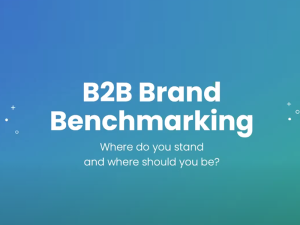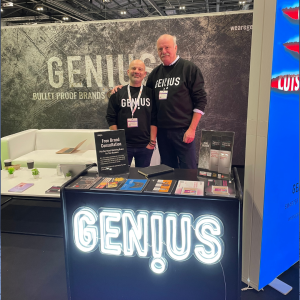One of the main reasons Genius exists is to make sure brilliant ideas in STEM get the credit they deserve. In awareness, in recognition, in support and in adoption of their products and services. Nothing breaks our hearts more easily than watching a truly brilliant invention or innovation wither and die through lack of funding or sales. This week we’re taking a look at some of the most common messaging mistakes we see from STEM companies. Mistakes that hold great ideas back from realising their potential.
Putting the how before the why
Your offering is seriously clever. You want people to know just how clever. We get it, we really do. And you should, but not right away. Explaining how something works up front just doesn’t work. People are naturally lazy, they’re not prepared to give brain space to understanding the how until they know why they should care. So, no matter how smart your teams have been, hold fire on explaining that until you’ve explained what the benefit is to the end user. People need a personal motivation to continue to digest the information you’re offering them.
Take a simple, relatable example. When you take a flight, the cabin crew ask you to read the safety information so you know what to do in an emergency. If they just told you to read the card in your seat pocket, but didn’t explain why that was important for you, there’s no way you’d bother doing it.
Forgetting the whole audience
In modern working life, the decision making unit for any purchase is usually more than one person or one role, even if that’s where the product or service is ultimately delivered and used. This means that when we’re looking at how to explain the benefit of our offering, we need to ensure there’s ways of doing that that will resonate with different functions within the decision making unit.
Say for example that you make a really groundbreaking bit of software or lab kit. Your end user will get all the techie and functional detail and be really excited by it. They probably use the same specialist language you do to express the value of the product. But what happens when the request for budget sign off goes to finance or procurement? These folks don’t have the level of specialist knowledge that your end user does. They’ll be completely baffled by all the jargon. You need a different way of messaging your solution to them, in terms they’ll understand such as productivity gains, cost reductions etc.
Assuming people will dig for the detail
All too often we see companies bury essential pieces of credibility building evidence deep in their website. The pedigree of their people, their certifications and awards, their case studies with amazing results for major companies, you name it, we’ve seen it buried back 3 levels down the navigation somewhere. If you wait until you’re into the sales process to share this kind of information, you can guarantee that there are a bunch of tables you haven’t been invited to, because you didn’t use this information to stand out from the get go. When performing initial supplier research, buyers will often only skim the surface of your marketing to compile their shortlist. You need to make sure that in that first contact you sell the benefits and display your stand out achievements so they know you’re worth talking to.










